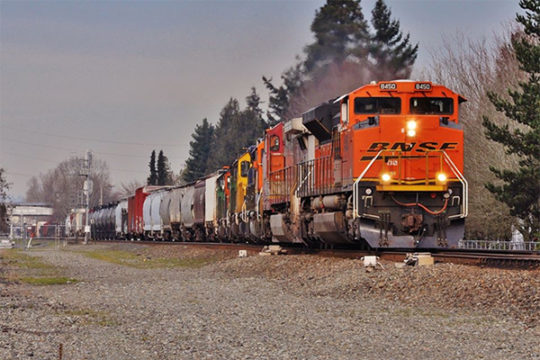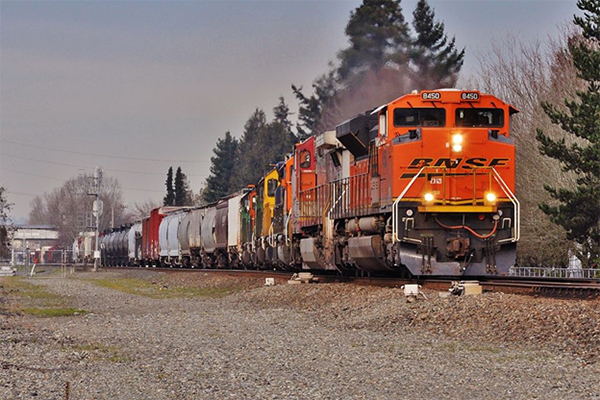
PHMSA
- The agency, in consultation with the Federal Railroad Administration and pursuant to the Fixing America’s Surface Transportation Act (FAST Act) of 2015, issued a final rule to revise and clarify requirements for comprehensive oil spill response plans (COSRPs) and to expand their applicability based on petroleum oil thresholds that apply to an entire train consist. Specifically, this final rule: Expands the applicability for COSRPs; modernizes the requirements for COSRPs; requires railroads to share information about high-hazard flammable train (HHFT) operations with State and tribal emergency response commissions to improve community preparedness; and incorporates by reference a voluntary standard. The amendments in this final rule will provide regulatory flexibility and improve response readiness to mitigate effects of rail accidents and incidents involving petroleum oil and HHFTs. The rule is effective on April 1st, 2019. See the rule here
- The agency also announced that it had sent an interim final rule the Federal Register for publication that will harmonize the US treatment of lithium batteries when transported by air with the most recent international requirements. As of press time, this rule had not appeared in the Federal Register; however, a draft version was made available by PHMSA as a convenience. Here is a link to the draft. Readers are reminded that no rule becomes effective until published with an implementation date in the Federal Register
EPA
The agency published a request for comments on proposed changes that would affect the content and format of the hazardous waste manifest. This would affect both electronic and paper versions. Major proposed changes include:
- Allow the use of decimals and fractions for waste quantities in Item 11 of the manifest, and add smaller units of measure to Item 12 of the manifest, including ounces, grams, and milliliters to encourage more accurate data reporting
- For International shipments, add a new data field on the paper and electronic manifest so hazardous waste stream consent numbers can be recorded in a separate, distinct field
- Integrate biennial report data elements to the paper manifest so it matches the e-manifest information
Comments are due no later than April 9th. Here’s your link to investigate
Labelmaster is a full-service provider of products, shipping and training software, and professional consulting services to assist the DG and HS&E professional to comply with national and international regulations. See our full line of solutions at www.labelmaster.com



